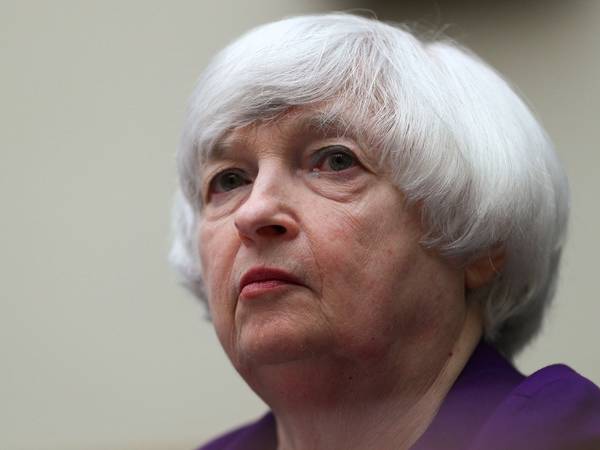The US Treasury says Washington will not allow Iran to access in dollars its reserve assets maintained by the International Monetary Fund (IMF).
Treasury Secretary Janet Yellen said Wednesday that Iran would not be able to receive in US dollars its special drawing rights (SDRs), a supplementary asset allocated by the IMF as a potential claim on the “freely usable currencies of member states.” The system is used by the fund to assist member states in the interests of the global economy, with the largest ever allocation approved in August 2021 to help countries cope with the Covid-19 pandemic.
Iran has been short of foreign reserves, especially dollars, since the US in 2018 imposed ‘maximum pressure’ sanctions threatening third parties buying Iranian oil or dealing with Tehran’s financial sector. Talks in Vienna between Iran and world powers have been taking place for a year to revive the 2015 Iran nuclear deal, which eased sanction in return for curbs on Iran’s atomic program.
Yellen’s remarks came in response to Louisiana senator John Neely Kennedy − an opponent of the 2015 Iran nuclear deal − who said Wednesday he wanted to know why the US administration was ‘supporting’ the IMF in allocating SDRs to Russia, Iran, and China.
The senator told the Washington Examiner that not enough attention was paid to what he claimed was the US backing the allocation of $650 billion in SDRs in 2021. Kennedy appeared to be referring to the total amount of SDRs allocated last year – by the IMF, not the US administration − expressed as a dollar equivalent.
‘Gift to Iran’
The Washington Examiner claimed Iran had in 2021 received $4.5 billion in SDRs, Russia $17 billion, and China $40 billion. “We ought to hold hearings and ask why” the US had approved this, Kennedy said. “There is some reason they wanted to do this, this is a gift to Iran, it’s a gift to China.”
Abdolnaser Hemmati, then governor of the Central Bank of Iran, said April 19, 2020, that Iran had asked to receive its SDRs as allocated by the IMF, which he valued at 3.6 billion in terms of US dollars.
SDRs are set in terms of a basket based on the US dollar, the Chinese renminbi, the euro, the Japanese yen and the British pound. A recent IMF paper highlighted the long-term decline of the dollar in international reserves, losing ground both to the Chinese renminbi and smaller currencies, and there has been growing criticism of the US ‘politicizing’ the dollar as an international currency. Despite US and western European sanctions, Russian international reserves increased $2.1 billion over the week ending April 1, reaching the equivalent of $606.5 bn, according to the Bank of Russia. Europe continued to buy oil and gas from Russia, but most of the reserves are frozen by Western sanctions.
